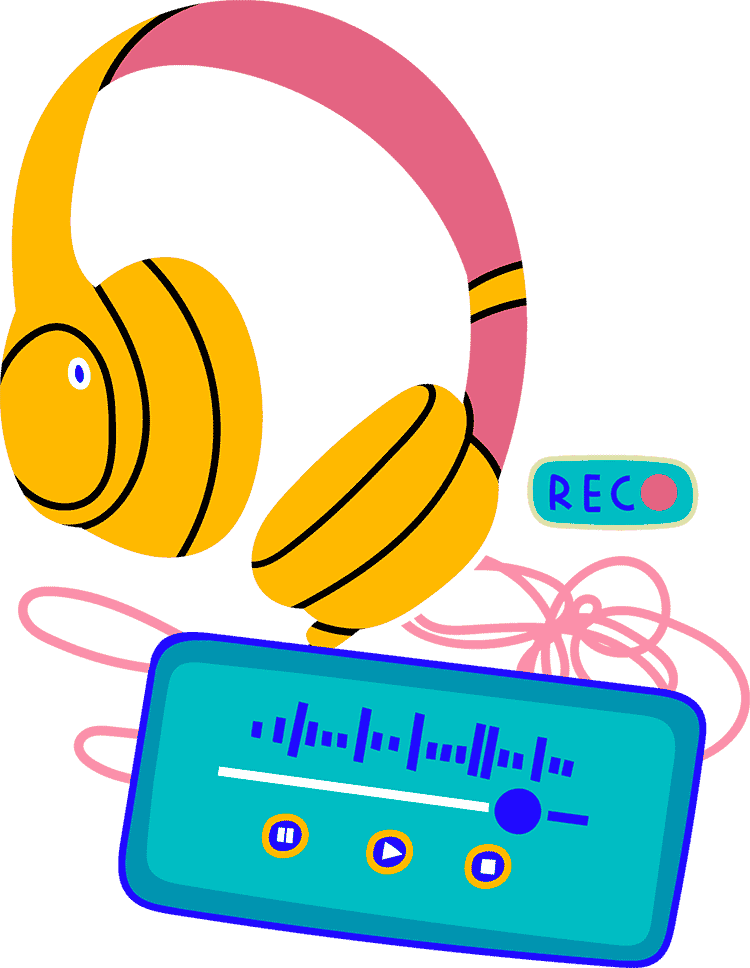Unlocking the Potential of Video Podcasts for Brand Growth
If you’re going to invest in video podcasts, it’s crucial to do it well. Here’s how marketers can effectively leverage video podcasts to enhance their brand presence.
Why Video Podcasts?
Video podcasts present a massive opportunity for brands. Not only do they expand your reach, but they also increase engagement. As of 2024, video content is preferred by 32% of all Americans, with higher rates among Gen Z and Millennials (MarketSplash) (Backlinko). This trend makes it essential for brands to adapt and optimize their content for video platforms.
Key Decisions for Your Video Podcast Strategy
- Platform Selection YouTube remains a powerful platform for video podcasts due to its vast user base and search engine capabilities. However, don’t overlook other platforms like Spotify, which is also increasing its focus on video podcasts (DemandSage) (Backlinko).
- Format Choices The format of your video podcast depends on several factors including budget, production capabilities, and audience preferences. Popular formats include:
- In-Studio Video: High-quality video production with professional lighting and camera work. Examples include “The Joe Rogan Experience” and “Jay Shetty Podcast”.
- Minimalist Approach: Using static visuals or animations. This is less resource-intensive and still effective.
- Leverage Existing Audio Content If you already have an audio podcast, repurposing it into a video format can extend its reach. You can add visuals like transcripts, infographics, or relevant imagery to the audio content to make it more engaging (MarketSplash).
- Essential Equipment and Skills For high-quality video production, you need a good set, professional lighting, cameras, and microphones. Additionally, having a skilled video editor and potentially a videographer can significantly enhance the quality of your content.
- Content Repurposing Repurposing content across different platforms maximizes your reach. For example, create short clips for social media, transcribe episodes into blog posts, and use quotes for infographics. This strategy not only saves time but also ensures a consistent brand message across channels (MarketSplash).
Key Questions Answered
What Kind of Visuals Can Replace In-Studio Video? Get creative with visuals. Use animated soundwaves, transcripts, infographics, and relevant B-roll footage to keep viewers engaged without needing a full video production setup.
Equipment You’ll Need Quality matters. Invest in a good set, professional lighting, tripods, microphones, and at least one high-quality camera. Avoid webcam footage unless you can ensure it’s of professional quality (DemandSage).
Skills Required In addition to your regular podcast team, you might need a videographer, a lighting expert, and a video editor to ensure the content is polished and professional.
Segments or Full Episodes? Both approaches have merits. Full episodes can increase watch time and ad revenue on platforms like YouTube, while shorter segments can attract new viewers who prefer quick content.
5 Key Takeaways
- Platform Optimization: Focus on YouTube and Spotify for maximum reach, considering their growing popularity for video content.
- Flexible Formats: Choose between high-quality in-studio videos or minimalist approaches based on your budget and resources.
- Repurpose Content: Extend the life of your content by repurposing audio podcasts into videos and using snippets across social media and blogs.
- Invest in Quality: Ensure your video production is of high quality to stand out in the competitive YouTube space.
- Tailor Content: Decide on full episodes or segments based on your audience’s consumption habits and platform algorithms.
For more insights on video podcast trends and strategies, check out sources like The Podcast Host, Demand Sage, and Kapwing for the latest data and tips on optimizing your video podcast strategy (The Podcast Host) (DemandSage) (Kapwing).

Jen Moss is the Co-Founder and and Chief Creative Officer of JAR Audio. As JAR’s podcast “doula”, collaborating with enterprise brands to bring great podcasts into the world. With a background spanning CBC Radio, Canada’s National Film Board Digital Studio, Vancouver’s Roundhouse Radio and the University of British Columbia, she guides the creation of captivating podcasts at JAR.




